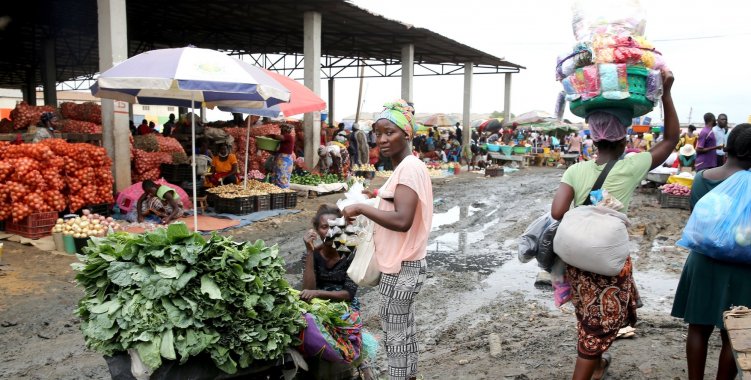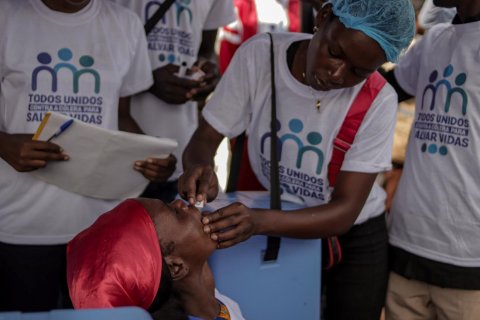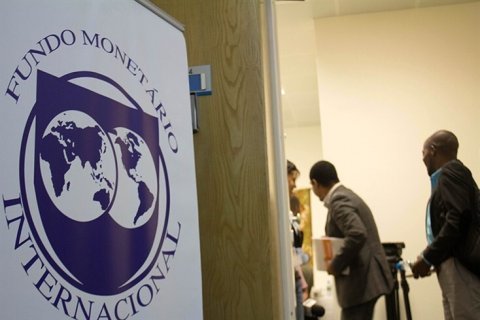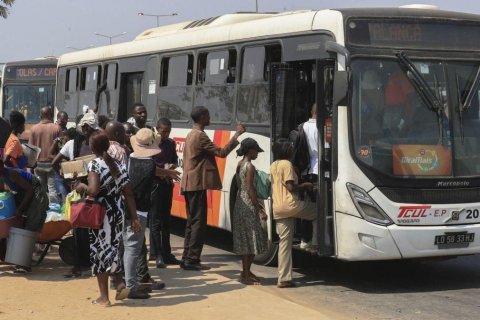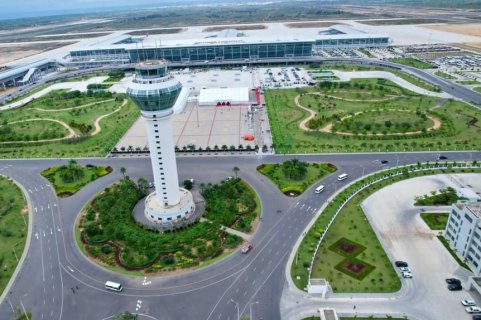"We now expect inflation to reach a peak of 28 percent at the end of the second quarter, compared to the same period last year, and moderate the rise to 20 percent at the end of the year", write analysts from the British consultancy's African department.
In a comment on inflation in Angola, which reached its highest value in almost two years in February, analysts write that this rise was one of the main reasons for the central bank not to have lowered the reference interest rate at the meeting last Friday, and chose to increase the key rate from 18 to 19 percent.
"Inflation reached 24 percent, and the effects of last year's strong currency depreciation are expected to continue until the end of this semester, while the continued elimination of fuel subsidies is expected to continue to put pressure on transport inflation," say the analysts in the note to which Lusa had access.
In the second half of the year, they conclude, "the stabilization of the national currency at a value of 833 kwanzas per dollar and the decline in world food prices should help inflation to slow down".
Prices rose for the tenth consecutive month in February, standing at 24.07 percent year-on-year, the highest value in almost two years, and 2.58 percent compared to January.
Since September 2018, when the monthly variation reached 2.69 percent, the fluctuation has not been so intense, especially in the province of Luanda, where prices increased by 3.45 percent compared to January.
The data appears in the Quick Information Sheet released last week by the National Statistics Institute, which reports a sharp increase in prices, essentially determined by the "Food and non-alcoholic beverages" class, with 3.12 percent.
"Health" (3.06 percent), "Miscellaneous goods and services" (2.89 percent), "Clothing and footwear" (2.71 percent) and "Hotels, cafes and restaurants" were the other classes of expenditure with the greatest impact on rising prices.
The year-on-year variation of 24.07 percent represents an increase of 12.53 percentage points compared to February 2023, with the "Food and non-alcoholic beverages" class contributing the most to this increase.
In Luanda, where the year-on-year variation was 32.61 percent, the "Health" class registered a variation of 4.43 percent, while in the "clothing and footwear", "food and non-alcoholic beverages" and "goods and miscellaneous services" classes represented increases of 4.17 percent, 4.12 percent and 4.01 percent, respectively.

